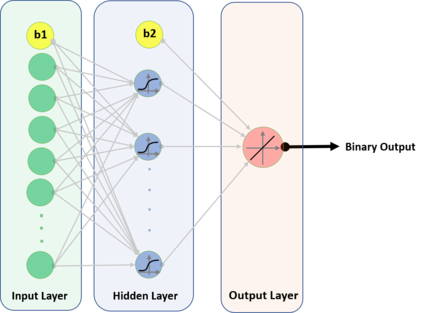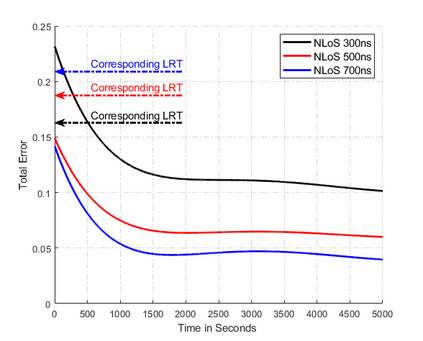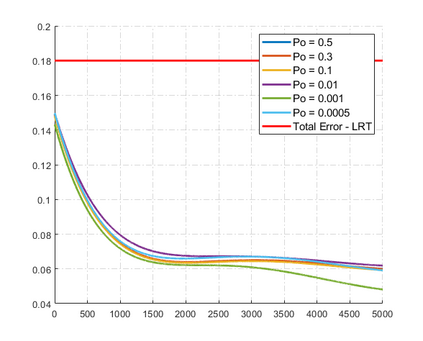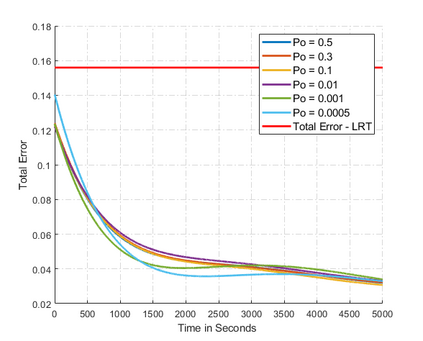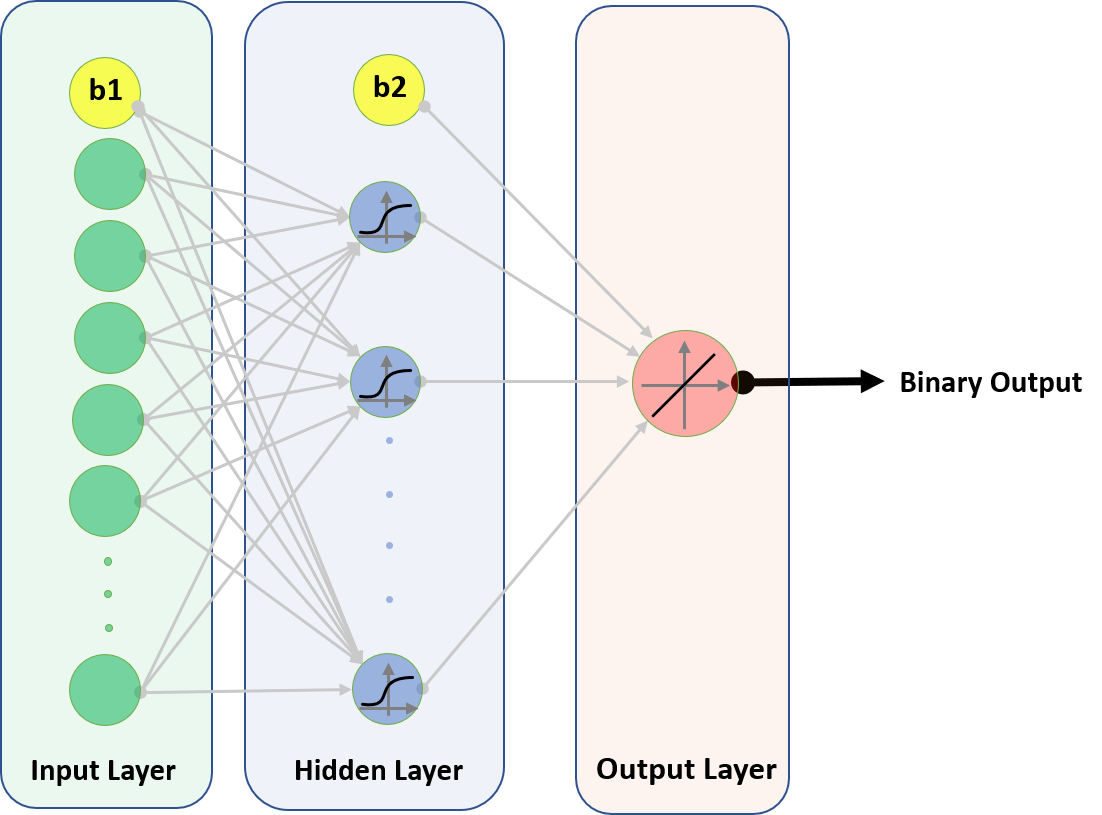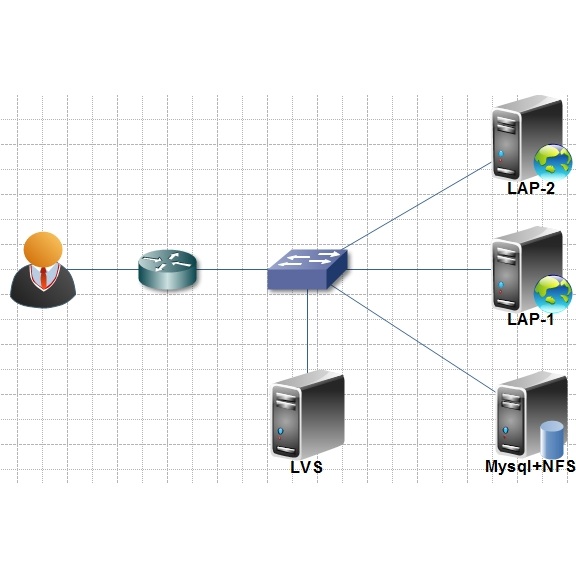Location information claimed by devices will play an ever-increasing role in future wireless networks such as 5G, the Internet of Things (IoT). Against this background, the verification of such claimed location information will be an issue of growing importance. A formal information-theoretic Location Verification System (LVS) can address this issue to some extent, but such a system usually operates within the limits of idealistic assumptions on a-priori information on the proportion of genuine users in the field. In this work we address this critical limitation by using a Neural Network (NN) showing how such a NN based LVS is capable of efficiently functioning even when the proportion of genuine users is completely unknown a-priori. We demonstrate the improved performance of this new form of LVS based on Time of Arrival measurements from multiple verifying base stations within the context of vehicular networks, quantifying how our NN-LVS outperforms the stand-alone information-theoretic LVS in a range of anticipated real-world conditions. We also show the efficient performance for the NN-LVS when the users' signals have added Non-Line-of-Site (NLoS) bias in them. This new LVS can be applied to a range of location-centric applications within the domain of the IoT.
翻译:在这种背景下,核实这种声称的定位信息将是一个日益重要的问题。一个正式的信息理论位置核查系统(LVS)可以在某种程度上解决这个问题,但这种系统通常在理想假设的范围内运作,其首要条件是关于实地真正用户比例的信息。在这项工作中,我们通过一个神经网络(NN)来解决这一关键限制,显示这样一个以NNE为基础的LSS如何能够有效运作,即使真正的用户比例是完全不为人知的优先。我们展示了这种新型的LVS的性能,这种新型的LVS的性能,其依据是来自多个基站的抵达时间的测量结果,是在电视网络范围内进行的,以量化我们的NNE-LVS如何在一系列预期现实世界条件下超越独立的信息-理论LVS。我们还展示了NNNLVS的高效性性能,因为用户的信号在新的LVS域域域域域域内应用了这种非LVS的偏差位置。

